
The national regulators identified four major products in the crypto sector.
Following the global regulatory race, Australia opened the public consultation on its own taxonomy of crypto assets. The national regulators propose to distinguish four major types of products related to the crypto industry.
On Feb. 3, the Australian Treasury released a consultation paper on “token mapping,” announcing it as a foundational step in the government’s multistage reform agenda to regulate the market. It seeks to inform “a fact‑based, consumer conscious and innovation-friendly” approach to policy development.
Based on the “functional” and technology-neutral method, the paper proposes several basic definitions for all things crypto.
At the first level, it outlines the key concepts of crypto networks, crypto tokens and smart contracts. According to the Treasury’s vision, a crypto network is a distributed computer system capable of hosting crypto tokens. Its primary function is to store information and process user instructions. The paper cites Bitcoin and Ethereum as the two most well-known public crypto networks.
Related: Australia bolsters crypto watchdogs in ‘multi-stage’ plan to fight scams
A crypto token is defined as a unit of digital information that can be “exclusively used or controlled” by a person who doesn’t administer the host hardware where the token is recorded. According to the paper, the concept of “exclusive use and control” is a key distinguishing factor between crypto tokens and other digital records.
A smart contract goes as the computer code published to a crypto network’s database. It involves intermediaries or agents performing functions under promises or other arrangements or procedures being completed by crypto networks without promises, intermediaries and agents.
Starting from these simple definitions, the paper proposes its taxonomy of four types of crypto-related products:
- Crypto asset services, which include lending and borrowing, fiat on/off ramping, crypto token trading, funds management, mining/staking-as-a-service, gambling and custody.
- Intermediated crypto assets, which are the closest to a wide-spread definition of tokens; rights or licenses in relation to event access or subscriptions, intellectual property, reward programs, consumer goods and services, fiat money, nonfinancial assets and government bond coupons. This class includes stablecoins.
- Network tokens — a “new type of currency” constituting peer-to-peer payment infrastructure. Think of your original Bitcoin (BTC).
- Smart contracts exist on a spectrum from “intermediated” to “public.“ Intermediaries use the former in providing a service; the latter is used by parties to remove the need for an intermediary.
While the paper proposes to start the discussion on this taxonomy and doesn’t provide any legislative initiatives, its authors anticipate a relatively easy tailoring of existing laws for a large portion of the crypto ecosystem. It is the pockets of the ecosystem where functions are being ensured by the public, self-service software, which could demand the creation of a brand-new legislative framework.
The treasury will wait for feedback up until March 3. The next major step of a national regulatory discussion will come with a release of a similar paper on the possible licensing and custody framework for crypto in mid-2023.
On Feb.1, His Majesty’s Treasury of the United Kingdom also published its consultation paper for the crypto regulation. In it, the financial authority emphasized the lack of necessity in the separate legislation, given the capacity of the existing Financial Services and Markets Act to cover digital assets.

You can get bonuses upto $100 FREE BONUS when you:
💰 Install these recommended apps:
💲 SocialGood - 100% Crypto Back on Everyday Shopping
💲 xPortal - The DeFi For The Next Billion
💲 CryptoTab Browser - Lightweight, fast, and ready to mine!
💰 Register on these recommended exchanges:
🟡 Binance🟡 Bitfinex🟡 Bitmart🟡 Bittrex🟡 Bitget
🟡 CoinEx🟡 Crypto.com🟡 Gate.io🟡 Huobi🟡 Kucoin.
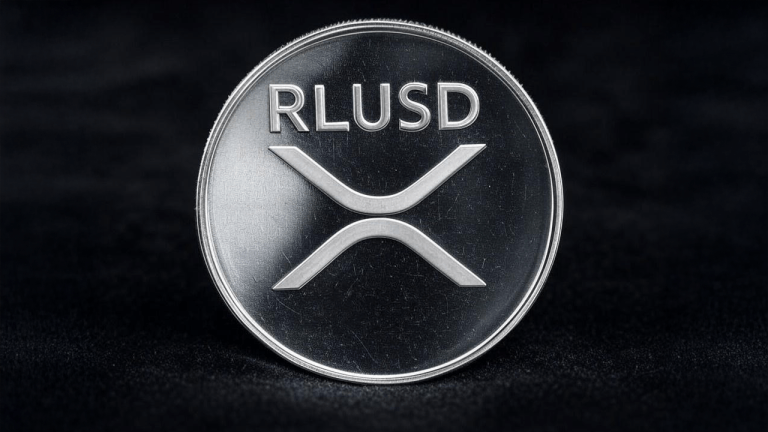


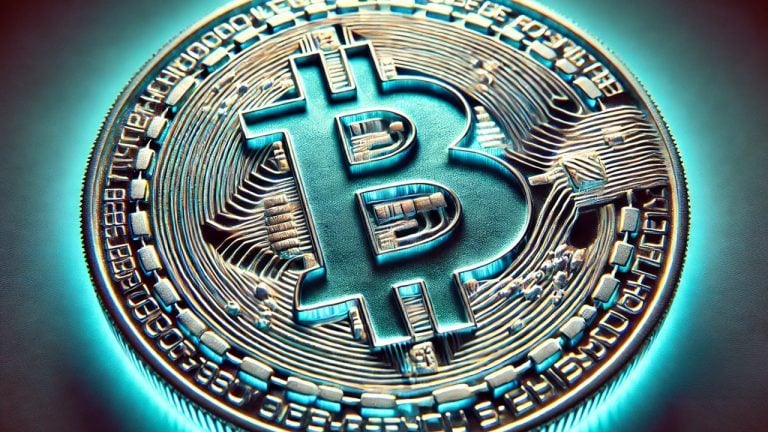
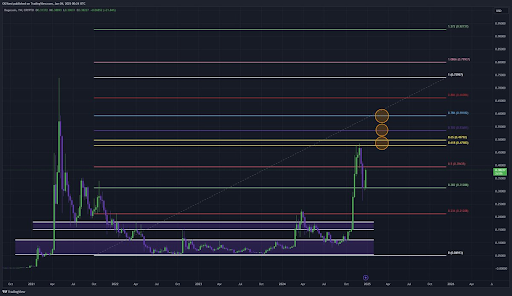
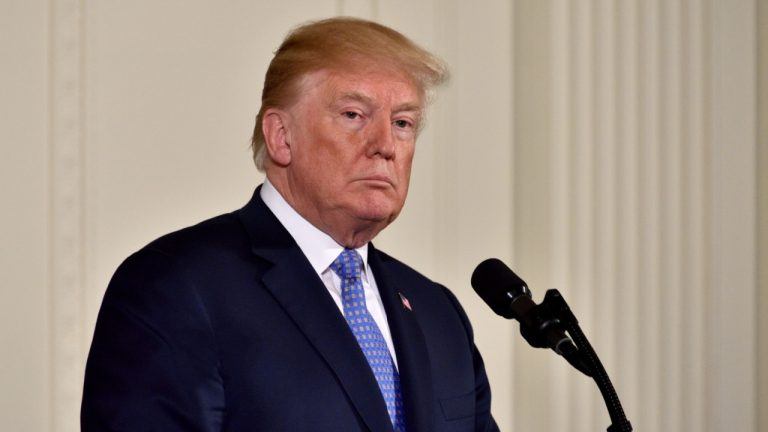



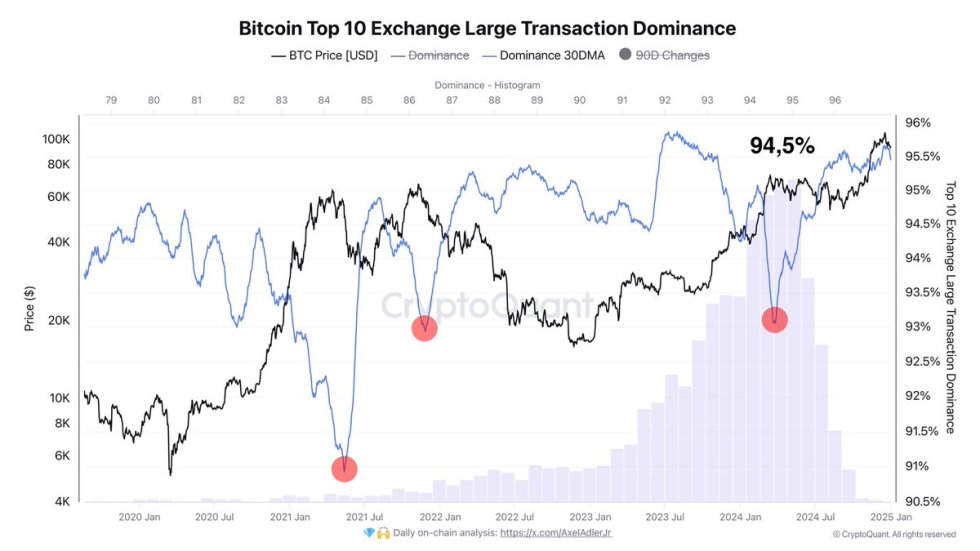
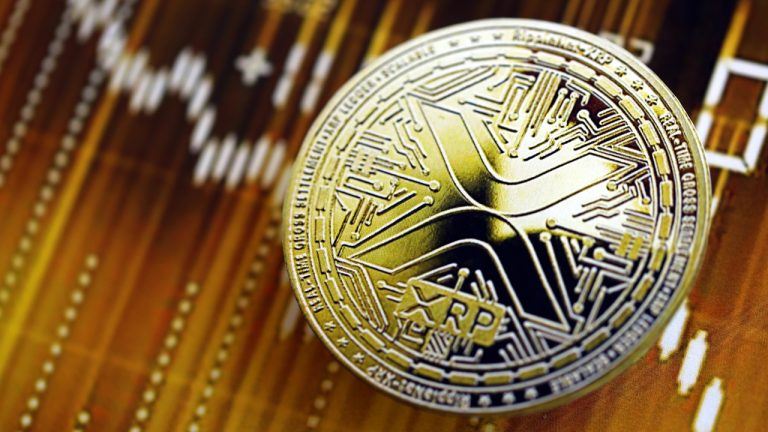


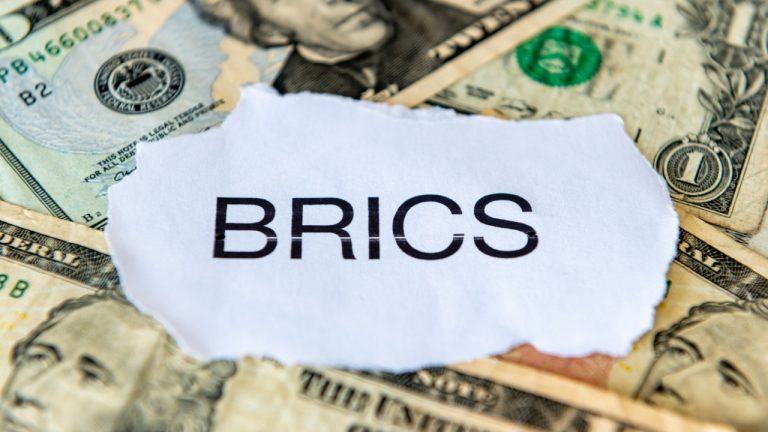
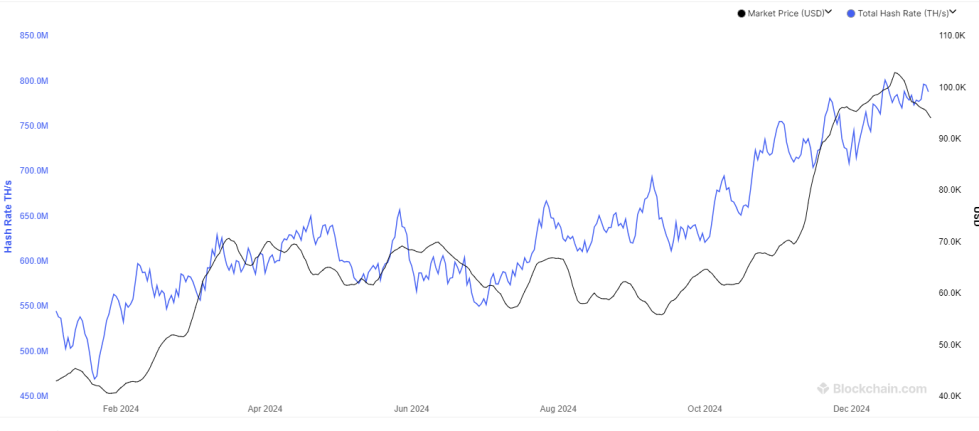

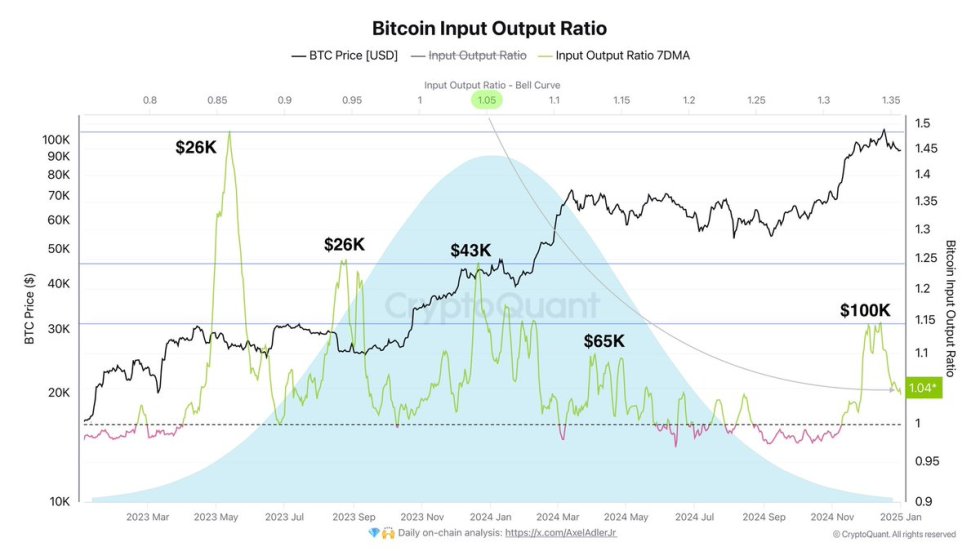
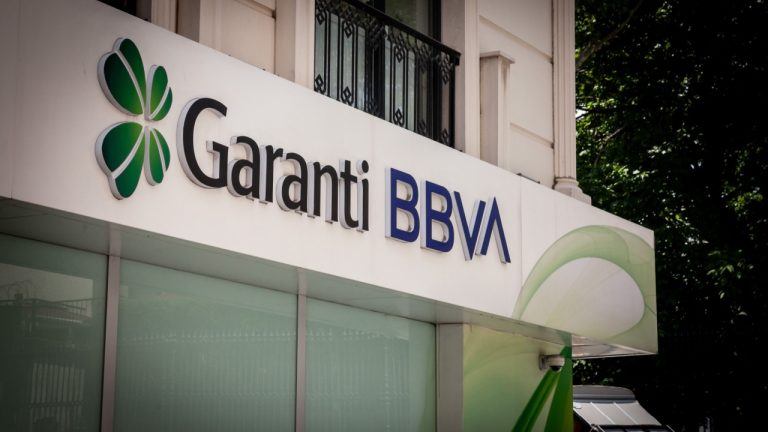

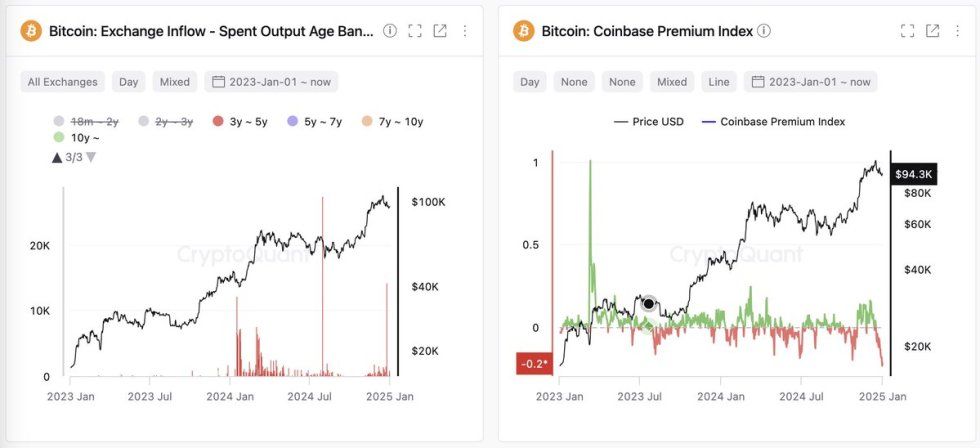
Comments